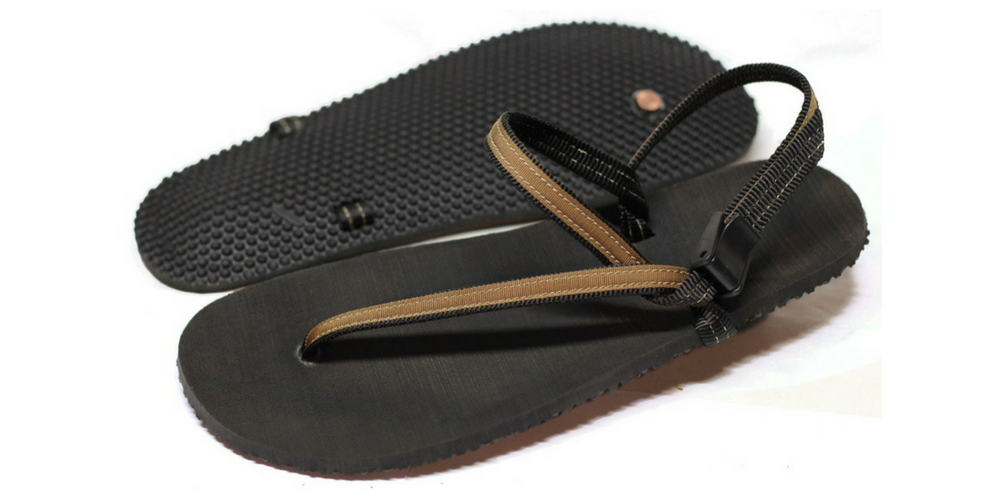

Zero-drop shoes can improve posture and bring your body into a more natural alignment.The design builds natural strength in the muscles, ligaments, tendons, and joints in the legs, ankles, and feet.In doing so, you can become less dependent on shoe technology to perform and instead rely solely on your legs and feet in their most natural state.Įnthusiasts of zero-drop shoes herald the design for many other benefits as well. The main advantage of wearing zero-drop shoes is that they can keep your foot in a more natural, “barefoot” position. This allows your feet and toes to spread out beneath your body fully. The toe box in barefoot hiking shoes is wider than in traditional hiking shoes.Due to the lack of a cushioned midsole or thick outsole, barefoot hiking shoes typically weigh much less than traditional hiking shoes.Traditional hiking shoes also tend to be less flexible and less sensitive.Other differences between barefoot and traditional hiking shoes include: On the other hand, traditional hiking shoe designs include a heel-to-toe drop ranging from 8 to 14 millimeters. However, not all minimalist shoe designs can be categorized as zero-drop. Therefore, all zero-drop shoes fit within the minimalist shoe category. Some minimalist designs will even go up to 8 millimeters of drop. Minimalist shoes range from 0 to 6 millimeters of drop. Zero-drop shoes are commonly called “barefoot shoes” because they hold your foot in a more natural position, similar to barefoot.īarefoot shoes require 0 millimeters of drop. In other words, the heel is positioned at the same height as the toes. Zero-drop shoes are a type of shoe that has zero heel-to-toe elevation. Keep reading to learn about barefoot hiking shoes and why you should buy a pair (or not). However, as of recently, barefoot hiking shoes have been getting a lot of attention. Lately, we’ve been enjoying learning about “barefoot” hiking shoes.īarefoot hiking shoes are not necessarily a new idea. We can look forward to new styles, colorways, features, and footwear technologies each year. One of our favorite parts about the hiking shoe industry is that it’s constantly changing and evolving. Fingers crossed, I want to like these new boots. I’ve also been wearing Altra runners and Vivobarefoot Chelsea boots in the past 5 years so I am not a newbie to minimalist shoes. My daily shoes are BeLenka trail walkers and I really love them but wanted a hill walking (hiking) boot as I live in rainy, hilly rural Ireland.

I’m going to wait a few days before wearing them outdoors, wear them inside and massage the leather to see if I can make them feel more comfortable. I’m finding the ankles uncomfortable and clunky. Perhaps my expectations were unrealistic as I haven’t worn leather hiking boots for a few years although I do have a comfy pair of Altras which unfortunately aren’t rainproof. I’ve just received a pair of Tundra boots which I was waiting for excitedly however I’m a little disappointed that they don’t feel comfortable right away. Hi Anya and team, I really appreciate the wealth of information provided in the blog which I’ve been following for some years now. Most Freet shoes come with an insole that is 2.5mm thick, but the Freet Pace comes with a 6mm Ortholite insole (making the shoe a total of 10mm thick with insole). And they are all built on a 4mm base sole and come with an extra insole you can use if you want a little more cushion. If you’ve tried barefoot shoes in the past and found them too narrow or squishy on your outer toes, Freet might be the brand for you!Ĭheck out this article for more on foot type + finding the right shoe for you.Ī couple more features of Freet barefoot shoes are that they are very lightweight, even the boots are lighter than most other barefoot options. I recommend Freet barefoot shoes to people with an extra wide and/or more square shaped foot. You will also find at Freet a consistently wide forefoot to allow for natural foot splay. All their models are unisex in sizes EU 30-48, they carry a wide range of vegan options, AND they tend to be lower priced than other barefoot shoe brands. Freet is a UK based barefoot shoe brand that specializes in functional footwear for outdoor activities.


 0 kommentar(er)
0 kommentar(er)
